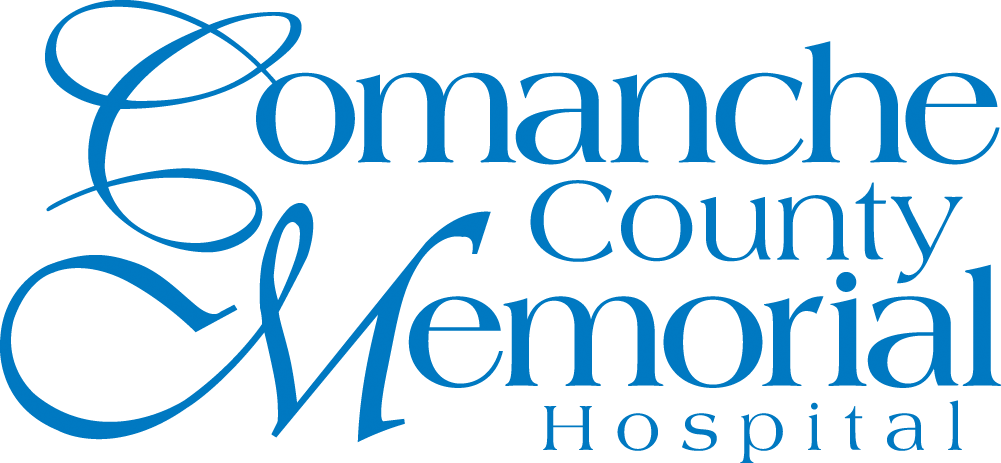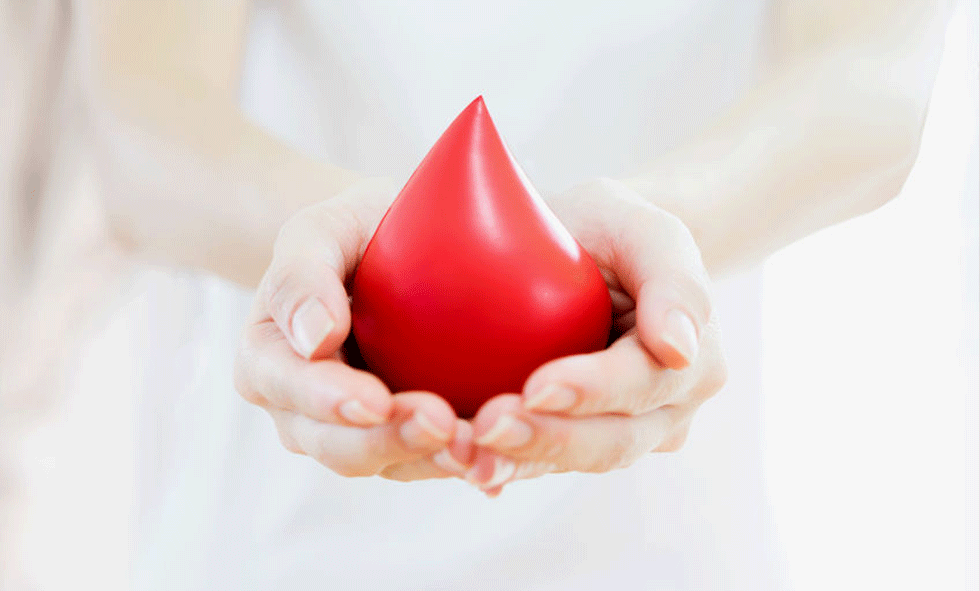June 14th is known world-wide as World Blood Donor Day! Organizations around the globe celebrate this special event that raises awareness of the importance of donating blood for the health industry. Blood donations have helped aid the world on many emergency situations. Blood uses are great and more unique than many realize from aiding in research to plasma donations which provide enough blood for more than two people.
Here are a few interesting facts about blood and how your donations save lives:
The beginnings of World Blood Donor Day
The first successful blood donation did not occur with humans. It was a successful transfuse of blood between two dogs. This led to the discovery of the ABO human blood type system which determines possible donor-recipient relationships.
World Blood Donor Day first took place in 2005. June 14th is when we commemorate this special day as it is the birthday of Karl Landsteiner, Austrian biologist, physician, and immunologist, who discovered the various blood types.
World Blood Donor Day raises awareness of the need for regular blood donations and the importance of keeping the health industry with a stable supply. It also celebrates hardworking medical professionals in the research and development of new technologies and uses for blood donations. Last, but certainly not least, this day thanks blood donors for the contribution to improving the lives of others.
Facts about blood and donations
Approximately 4.5 million Americans receive a blood transfusion annually.
The four elements of red blood cells, white blood cells, platelets, all floating in plasma.
The average adult has 10 – 12 pints of blood.
There are eight blood types: A, B, AB, and O. All blood types come in either positive or negative Rh Factor.
Rh, ” Rhesus factor”, is a protein that lives on the surface of the red blood cells. Those with it are positive and those without are negative.
Rh positive people can receive either kind of blood for transfusions, but Rh negative people can only receive Rh negative blood.
Type O negative is the universal blood type that can be used by anyone.
Blood has a great shelf life of 42 days for red blood cells, a year for plasma and frozen platelets for 5 days.
The largest blood donation drive occurred when 61,902 participants donated blood all across India.
The need for blood in the U.S.
Making a blood donation is quick, easy, and incredibly safe. However, of the people who are eligible, only about 10 percent choose to do so. Because blood donations are voluntary, World Blood Donor Day is an important reminder that the supply of blood is never too great! In the United States alone, a patient needs blood every two seconds!
Many developed countries rely on voluntary, unpaid blood donations to reach 100% of their blood supply needs. However, obtaining volunteers and ensuring blood is safe is still a big issue in developing countries. When the supply is low, recipients must rely on family or paid donations. The WHO works hard to ensure that blood donations worldwide will one day be entirely unpaid and voluntary.
Disclaimer
The Comanche County Memorial Hospital website does not provide specific medical advice for individual cases. Comanche County Memorial Hospital does not endorse any medical or professional services obtained through information provided on this site, articles on the site or any links on this site.
Use of the information obtained by the Comanche County Memorial Hospital website does not replace medical advice given by a qualified medical provider to meet the medical needs of our readers or others.
While content is frequently updated, medical information changes quickly. Information may be out of date, and/or contain inaccuracies or typographical errors. For questions or concerns, please contact us at contact@ccmhhealth.com.

